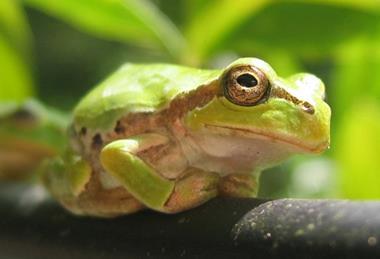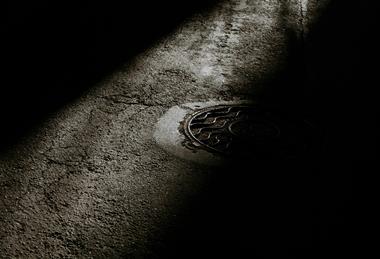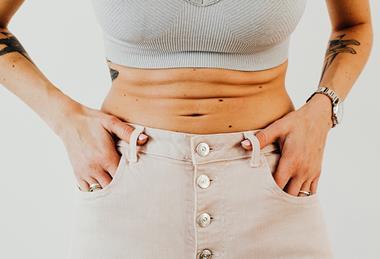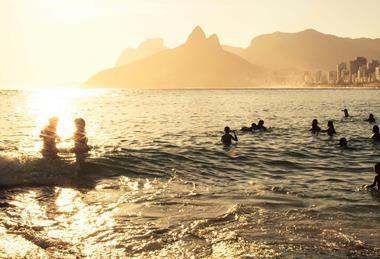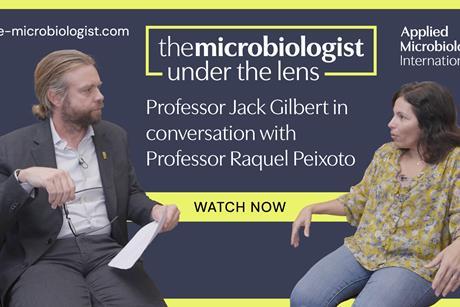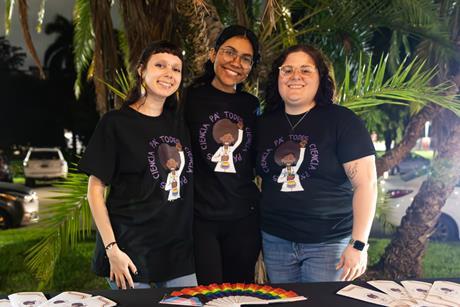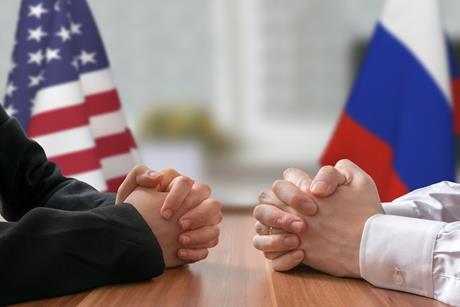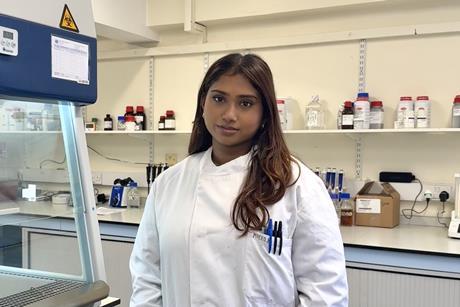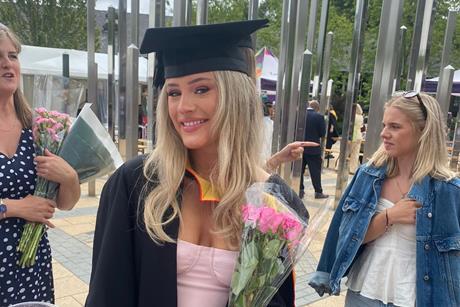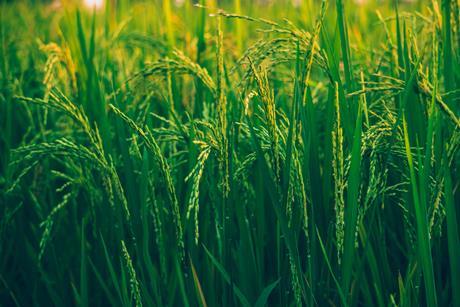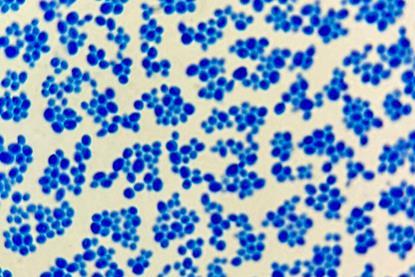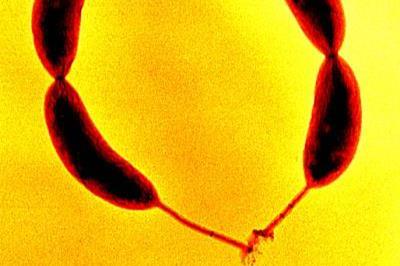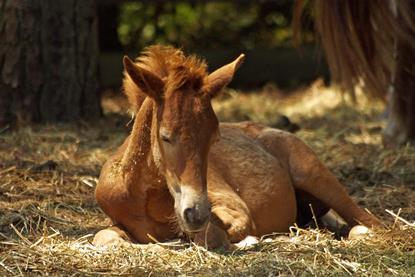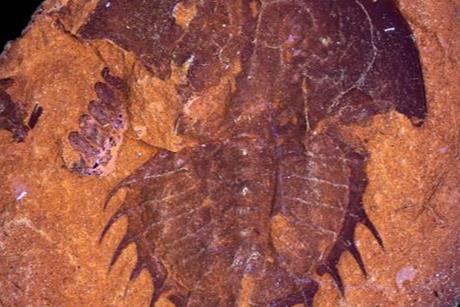Horizon Awards 2025: Max Fisher named as individual winner of Dorothy Jones Award
Max Fisher, a leading Disability & LGBTQIA+ Advocate, and Senior Research Associate at ViaNautis Bio, has been named as individual winner of the Dorothy Jones Diversity & Inclusion Achievement Award 2025.
- Previous
- Next
The smell of the sea: how microbes shape Earth’s sulfur story
That distinctive “sea breeze” scent we associate with the coast isn’t just nostalgia; it’s the smell of microbial chemistry at work. Behind it lies an intricate web of microbial pathways turning sulfur compounds into gases that help shape Earth’s climate.
Read storyBuilding integrated biobanks to defeat AMR in chronic wounds
Antimicrobial resistance (AMR) has evolved into a complex global health issue which has outstripped the development of new antibiotics and therapeutic strategies. The World Health Organisation (WHO) estimates 1.27 million deaths were attributed to AMR infections in 2019. By 2050, 10 million deaths are predicted at a cost of $100 ...
When movies teach us to love microbes
I have been teaching microbiology for more than 25 years. During that time, I have seen it all – students who arrive eager to learn and others who attend because they have no other choice. Over the years, I have also taught various subjects at different times of day: sometimes ...
Under the microscope: pasteurisation
Pasteurisation is a process by which raw milk is heated to a specific temperature for long enough to kill any pathogenic bacteria, including those that can cause food-borne illnesses. In the current day, all the milk in supermarkets will have gone through a rigorous pasteurisation process before reaching our store ...
Under the Lens video series
The Microbiologist: Under the Lens | Episode 2
The Microbiologist: Under the Lens | Episode 1
Get unlimited access to The Microbiologist
The Microbiologist provides detailed information on the latest research, topics, reviews, events and news on a wide variety of microbiological topics.
Members of Applied Microbiology International get unlimited access as a benefit. Find out more about AMI Membership
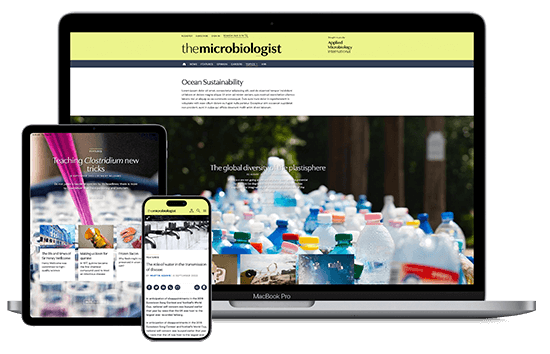
We couldn’t get people interested in science - until we started speaking their language
In 2020, Puerto Rico faced a misinformation crisis. Melanie Ortiz Alvarez De La Campa reveals how five STEM undergraduates created a sci-comm organization that helped pass legislation, educated thousands, and created an inclusive database of Caribbean scientists.
The politics behind the global divide in bacteriophage therapy
The therapeutic potential of bacteriophages (or ‘phages’) has been widely dismissed for decades in the West, despite being regularly used to treat patients worldwide in the early and mid-20th century. In an age rife with disinformation, can the true potential of clinical phage technology be communicated to a public already uneasy about scientific intervention?
Pride in Microbiology Network: the road so far
Bruno Francesco Rodrigues de Oliveira, a founding member of the Pride in Microbiology Network, reveals how it has developed since it was launched three years ago - and what needs to happen next.
Summer studentship: Harini searches South Asian fermented foods for microbes that can tackle fruit browning
Harini Satkunarasa reports back on her AMI-sponsored summer studentship which explored South Asian fermented foods as a source of microorganisms for tyrosinase inhibition, with the wider aim of finding natural ways to decrease fruit browning in foods.
Summer studentship: Lucy creates a synthetic microbiome to study mosquito-borne diseases at different life stages
Lucy Ella Malvern reports back on her AMI-sponsored summer studentship which investigated microbiome assembly in mosquitoes across developmental stages.
Fascinating exchange of ideas at 6th Plant Microbiome Symposium - and new collaborations are already starting
Last month Applied Microbiology International supported the 6th Plant Microbiome Symposium in Antequera, Spain, funding 17 travel grants for early career researchers to attend. Organiser Dr Victor Jose Carrion Bravo reports back on a vibrant exchange of ideas.
Unseen allies: symbiotic bacteria help clean wastewater, but there is a catch
Scientists have identified new species of denitrifying endosymbionts in wastewater, highlighting their global prevalence – with an unexpected climate implication.
Gut bacteria from amphibians and reptiles achieve complete tumor elimination
Researchers have discovered that the bacterium Ewingella americana, isolated from the intestines of Japanese tree frogs (Dryophytes japonicus), possesses remarkably potent anticancer activity.
Hidden viruses in wastewater treatment may shape public health risks, study finds
A new study reveals that viral communities in wastewater treatment plants are far more complex and influential than previously recognized, with implications for water safety, antibiotic resistance, and how treatment performance is monitored.
Food security
Summer studentship: Harini searches South Asian fermented foods for microbes that can tackle fruit browning
Harini Satkunarasa reports back on her AMI-sponsored summer studentship which explored South Asian fermented foods as a source of microorganisms for tyrosinase inhibition, with the wider aim of finding natural ways to decrease fruit browning in foods.
Clean Water
Unseen allies: symbiotic bacteria help clean wastewater, but there is a catch
Scientists have identified new species of denitrifying endosymbionts in wastewater, highlighting their global prevalence – with an unexpected climate implication.
Pandemic ‘beneath the surface’ has been quietly wiping out sea urchins around the world
Over the last four years, an unrecognized pandemic that has been wiping out sea urchins around the world has hit the Canary Islands. The consequences on marine ecosystems aren’t yet fully known, but likely profound.



